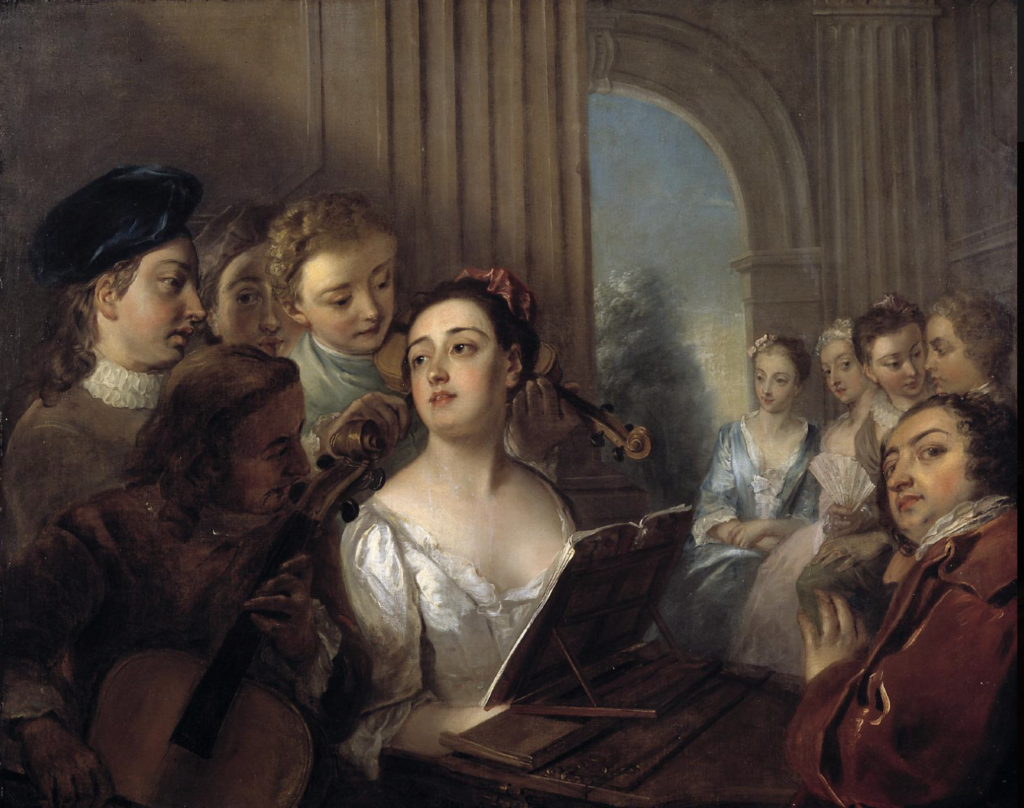The sonata for violin and basso continuo in E minor, BWV 1023, is one of two such pieces that don’t belong in the major cycles of violin music by Bach – the 6 Sonatas and Partitas for solo violin, and the 6 Sonatas for violin and harpsichord obbligato. This sonata, and its sister in C major (BWV 1021) have a bit more problematic provenance than the works in the two main collections. 1021 survives in a copy by Anna Magdalena, Bach’s wife, and 1023, which probably dates from the early Leipzig years, came to us via a copyist of the Dresden court.
Something these two sonatas have in common is that they are a model in basso continuo writing, with extremely detailed figures leaving the player little harmonic leeway.
The E minor sonata departs from the Italian “slow-fast-slow-fast” movement structure, starting instead with an extensive prelude over a pedal tone which leads uninterrupted to an Adagio (qualified as “ma non tanto”) in triple meter. The lyrical violin line of the Adagio includes frequent triplets over a binary division of the beat in the basso continuo line, which propels the music discourse forward.
After this two-part initial movement, the sonata includes two dances, both bipartite. The first one is an Allemanda in cut time, and the second one a Gigue in 12/8.
